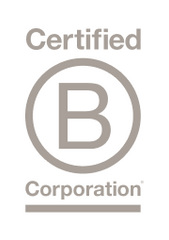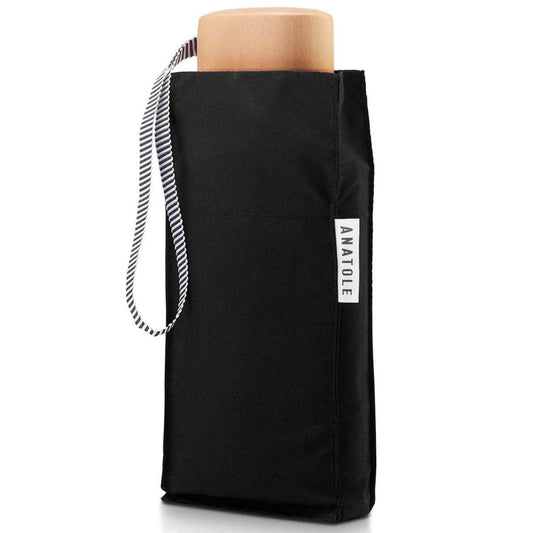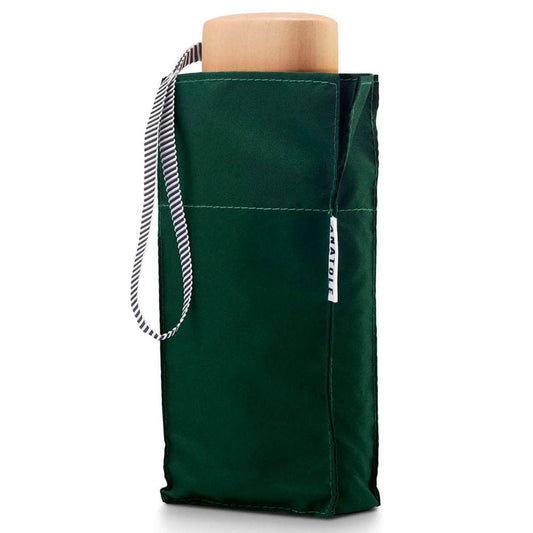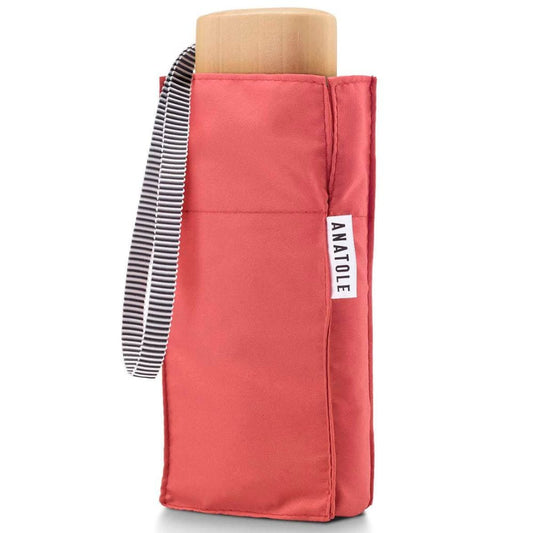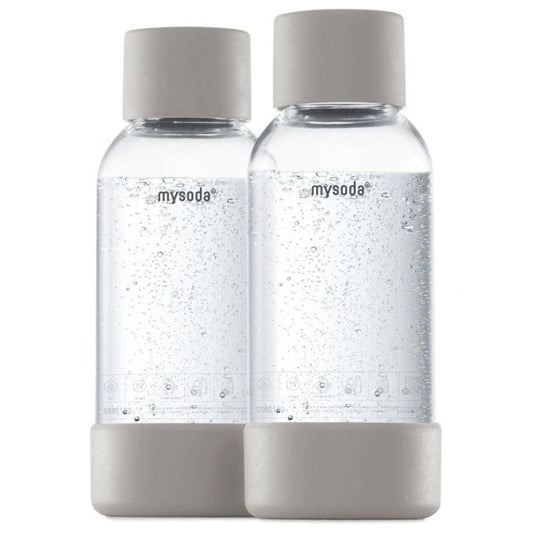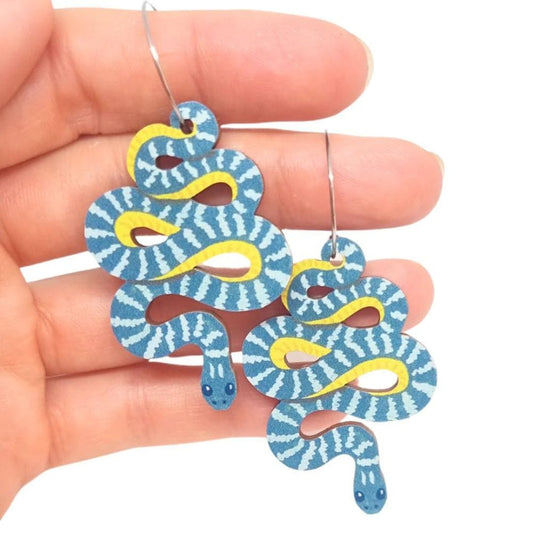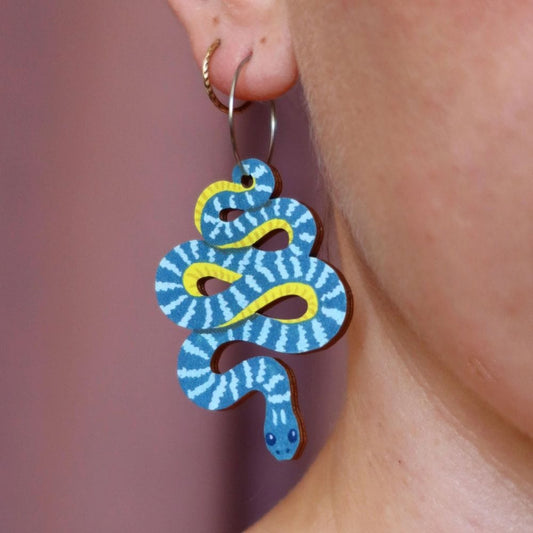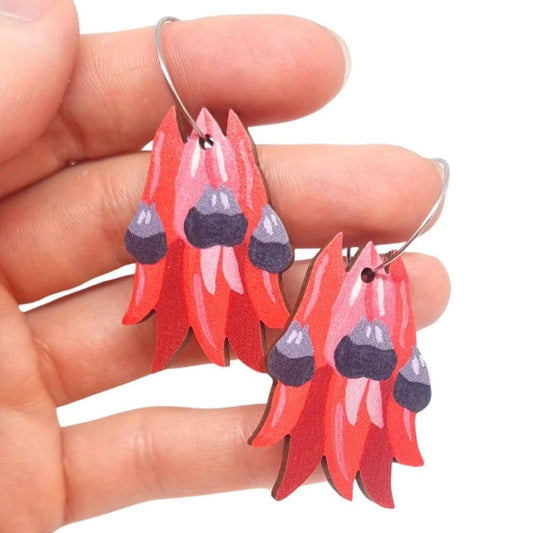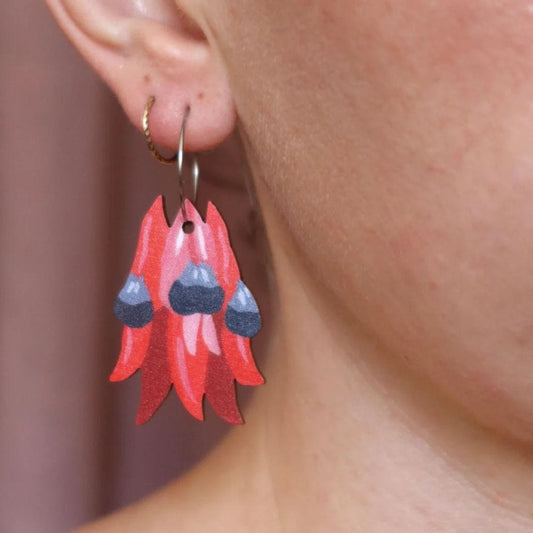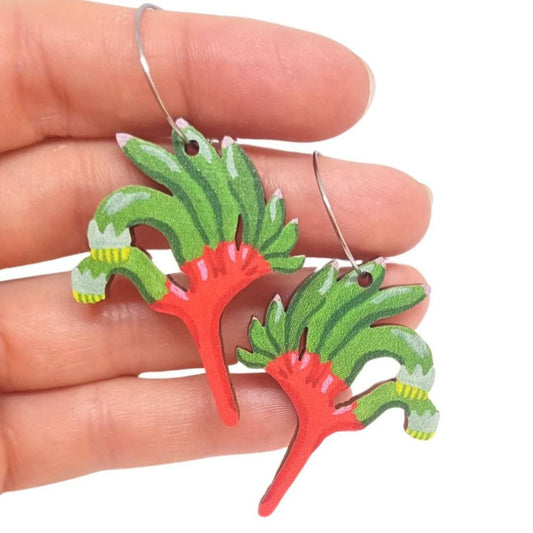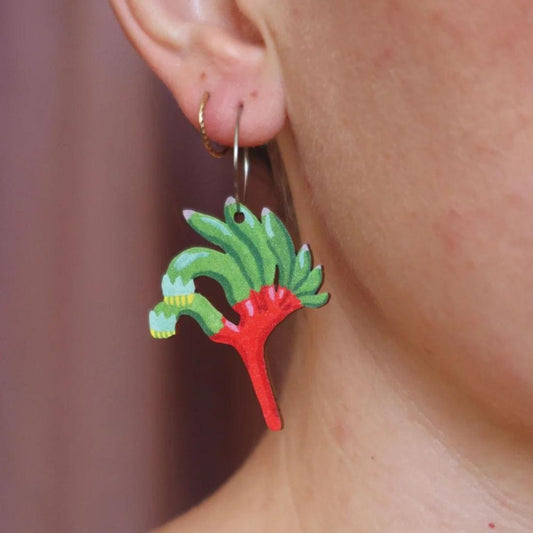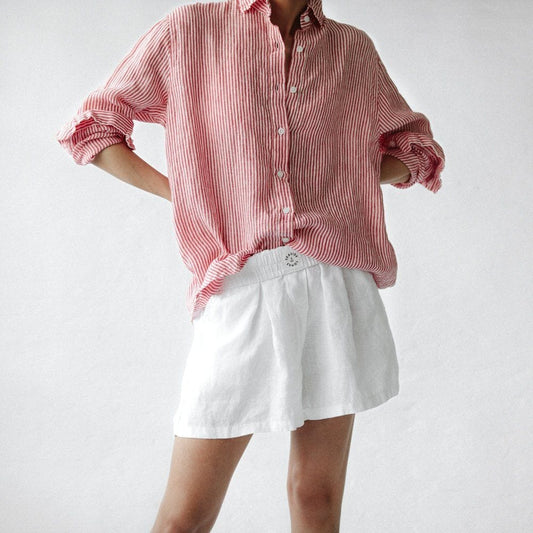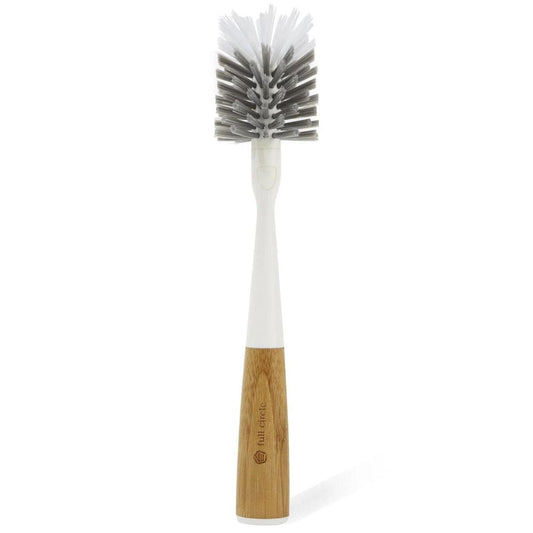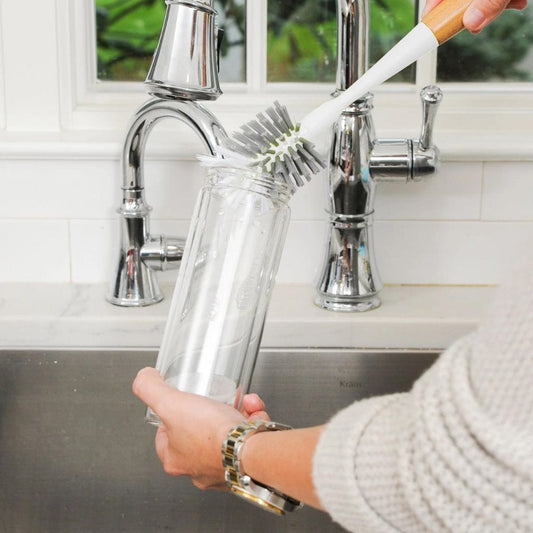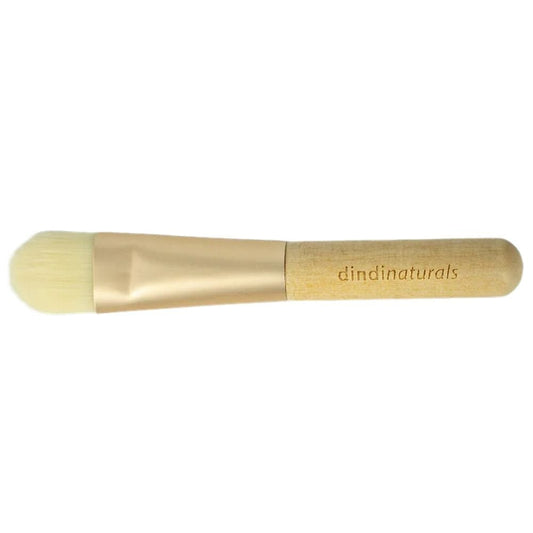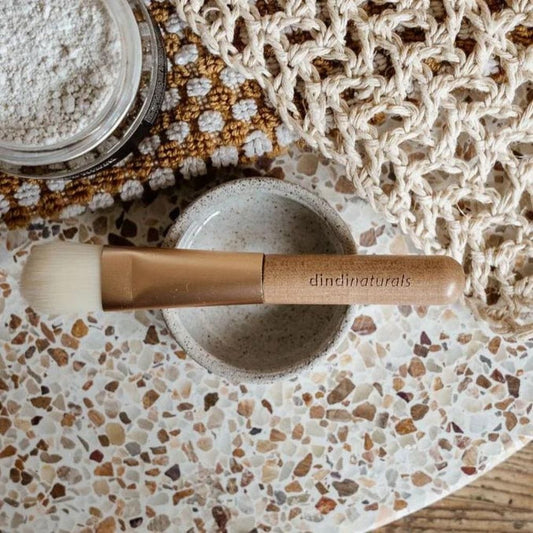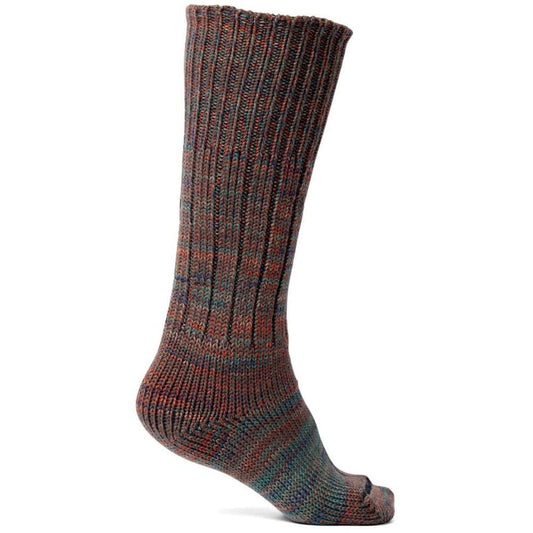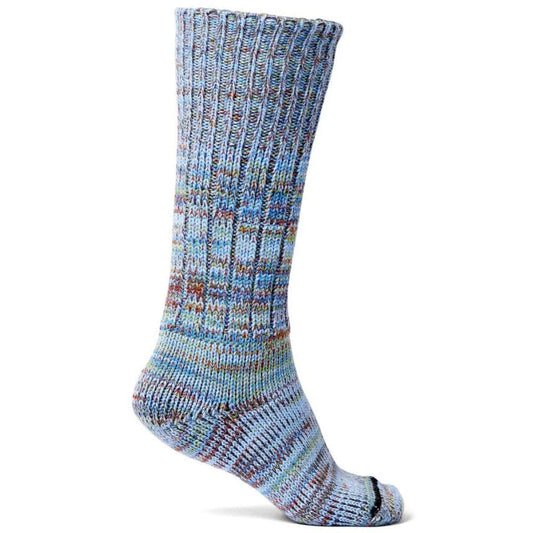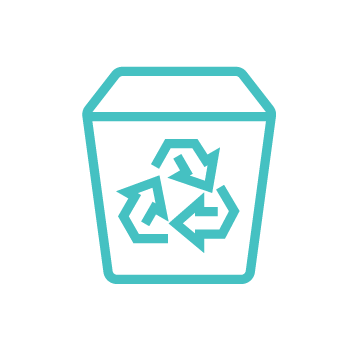
It's easy to make your own yoghurt. Green Living offers a variety of yoghurt cultures so you can make your yoghurt to taste just the way you like it. If you like your yoghurt to have more of a bite to it try the tangy starter or you can keep it plain and natural tasting with a mild culture. Yoghurt can also be an excellent source of probiotics by choosing the ABC probiotic culture you can give any of your yoghurt batches a probiotic boost. Cheese and Yoghurt are traditionally made from cow's or goat's milk, but Green Living have developed recipes that are perfect for
vegans and people who are lactose intolerant. You can make your own vegan cheese and yoghurt using entirely vegan starters and cultures. Honest to Goodness certified organic
coconut cream is the perfect substitute for making
vegan yoghurt, its naturally creamy texture makes velvety smooth tangy yoghurt – its BPA free packaging means there is no nasty additions to your homemade yoghurt. Find a recipe below for your own vegan coconut cream yoghurt using Green Living starter cultures.
Coconut Yoghurt using Non-Dairy Yoghurt Culture.
Ingredients
You will require a whisk. Note:- The amount of culture used for one litre is very small.
Directions
2 cans of
Coconut Cream, poured into your yoghurt maker bowl, or saucepan. Add 1 tablespoon or so of desired sweetness, and mix in thoroughly. The sweetner is added as a food source for the living culture. If you find your coconut yoghurt is too sweet, you can try reducing the amount, but this is a bit of a balancing act between too sweet, and the culture not having enough complex carbohydrates to eat. Into this whisk the pectin, sprinkling it in small amounts on top of the coconut cream. Pectin added to liquid will clump very easily, so do this carefully, if using sugar as the food for the culture, mix the pectin and the sugar, and this will help make mixing it in easier. Bring your mixture to 40° C, add the culture and mix well. Maintain the milk mixture between 37° and 43° C for 18-24 hours by placing it in a warm spot in the kitchen. You may notice a separation of the pectin and the yoghurt after a few hours, simply stir it back in. A thermos style yoghurt maker will have directions on maintaining the heat. The only change required here is that in an EasiYo system for example, you should not fill the external container so high with boiling water, as to have it come in direct contact with the yoghurt container as this may scald, and kill some culture. Just fill it to the level of the hole in the baffle, and this will give you the benefit of a heat reservoir, without risking scalding or killing the culture. If you do not have a yoghurt maker, then place your jar in an esky and add warm water, but do not have very hot, or boiling water, in direct contact with the jar. You can also wrap your jar in a blanket, and place it in a warm place; on top of the hot water heater works well in my laundry. To check if your yogurt is ready, taste test it. The longer the incubation period at 40° C, the stronger the flavour of the yoghurt should become. Chill for a few hours, then serve.
 It's easy to make your own yoghurt. Green Living offers a variety of yoghurt cultures so you can make your yoghurt to taste just the way you like it. If you like your yoghurt to have more of a bite to it try the tangy starter or you can keep it plain and natural tasting with a mild culture. Yoghurt can also be an excellent source of probiotics by choosing the ABC probiotic culture you can give any of your yoghurt batches a probiotic boost. Cheese and Yoghurt are traditionally made from cow's or goat's milk, but Green Living have developed recipes that are perfect for vegans and people who are lactose intolerant. You can make your own vegan cheese and yoghurt using entirely vegan starters and cultures. Honest to Goodness certified organic coconut cream is the perfect substitute for making vegan yoghurt, its naturally creamy texture makes velvety smooth tangy yoghurt – its BPA free packaging means there is no nasty additions to your homemade yoghurt. Find a recipe below for your own vegan coconut cream yoghurt using Green Living starter cultures.
It's easy to make your own yoghurt. Green Living offers a variety of yoghurt cultures so you can make your yoghurt to taste just the way you like it. If you like your yoghurt to have more of a bite to it try the tangy starter or you can keep it plain and natural tasting with a mild culture. Yoghurt can also be an excellent source of probiotics by choosing the ABC probiotic culture you can give any of your yoghurt batches a probiotic boost. Cheese and Yoghurt are traditionally made from cow's or goat's milk, but Green Living have developed recipes that are perfect for vegans and people who are lactose intolerant. You can make your own vegan cheese and yoghurt using entirely vegan starters and cultures. Honest to Goodness certified organic coconut cream is the perfect substitute for making vegan yoghurt, its naturally creamy texture makes velvety smooth tangy yoghurt – its BPA free packaging means there is no nasty additions to your homemade yoghurt. Find a recipe below for your own vegan coconut cream yoghurt using Green Living starter cultures.
